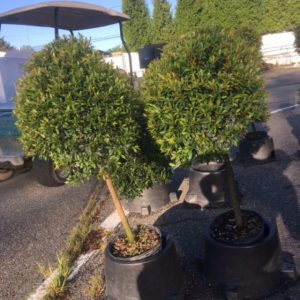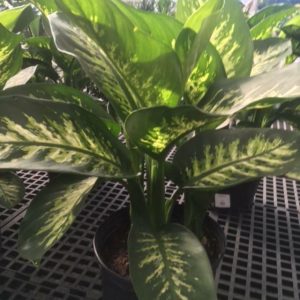Description
Potamgeton –
There are 80-100 species of marginal to water aquatic perennial in this genus. They occur almost throughout the world, flourishing in freshwater ditches, ponds, canals, and waterways. They are grown as oxygenator in water gardens and for their decorative effect in aquariums. The branched, creeping rhizomes spread rapidly in muddy pool bottoms, where they support an interwoven, mat like network of translucent, linear to lance shaped submerged leaves, and leathery, opaque, lance shaped to rounded floating leaves, that take on a red hue in sunlight. Inconspicuous white or cream flowers are borne in fleshy spikes either below or just above the water.
Grow the hardy species as oxygenator in outdoor pools, P. crispus tolerate polluted water better than most other oxygenators, and can also be used in cold water aquariums.
In an outdoor pool or slow moving stream grow in aq2uatic containers of sandy loam, or root in a muddy pond bottom at a depth of 6-24″, ideally in full sun, or partial shade. Cut back frequently and thin to keep in check. Submerged leaves may become encrusted with mineral deposits.
Prone to rust and stem rot.
P. crispus – Curled Pondweed – This marginal to deep water aquatic perennial found from Europe, Asia to Australasia and is naturalized in the USA has an indefinite spread. It produces cylindrical stems, to 12′ feet long, carrying narrowly oblong, almost translucent, submerged leaves, up to 6″ long, that curl and twist when mature, and stalked, pointed, leathery floating leaves. In summer it bears spikes of inconspicuous, crimson and creamy white flowers, 1/4-1/2″ across, are held just above the water surface. May become an aggressive weed in earth bottom ponds. Prefers alkaline water.
Zones 7-11





